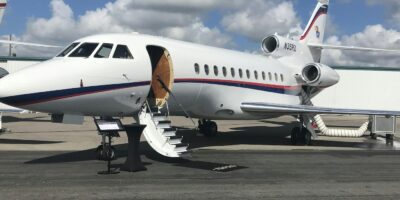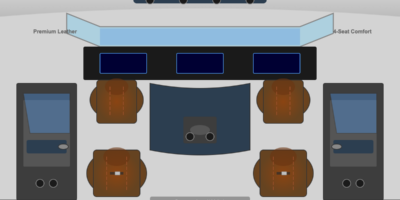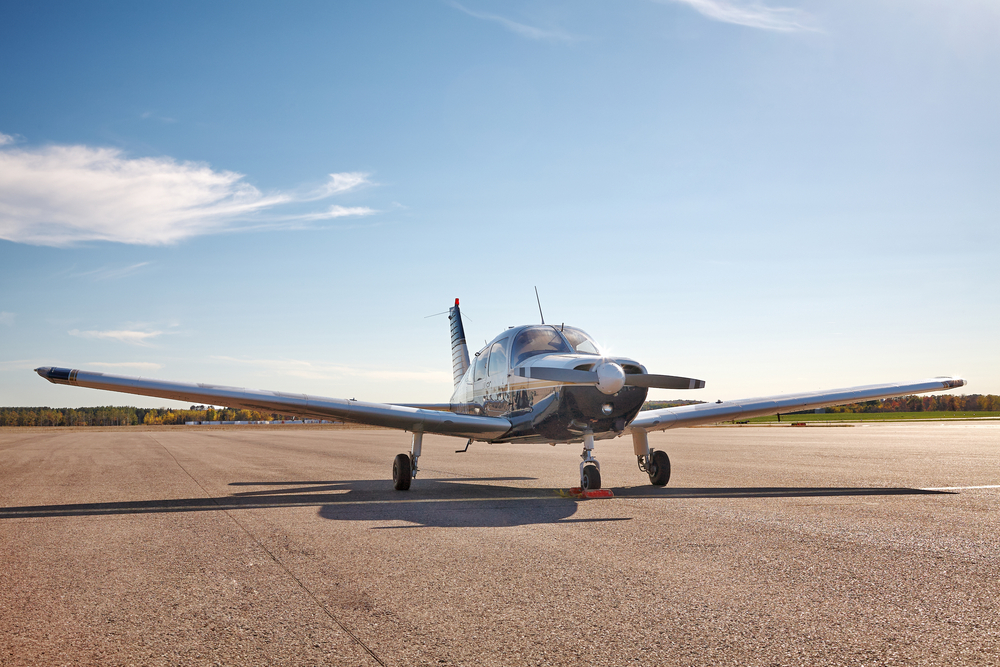ADS-B technology transformed general aviation in 2020 when the FAA mandated equipage. Understanding the difference between ADS-B In and Out determines which equipment you need and what capabilities you get.
Quick Answer: ADS-B Out is required in most controlled airspace – it transmits your position to ATC. ADS-B In is optional – it receives traffic and weather on your display. You must have Out to fly in Class A, B, C, and above 10,000 feet. Adding In provides situational awareness but isn’t mandatory. Budget $2,500-4,000 for Out, add $1,000-2,500 more for In capability.
ADS-B Out Explained
ADS-B Out broadcasts your aircraft’s position, altitude, velocity, and identification to ground stations and other aircraft. The system uses GPS for position accuracy within meters. ATC sees you on their displays just like radar targets.
The FAA requires ADS-B Out in Class A, B, and C airspace, within 30 miles of Class B airports, above 10,000 feet MSL, and in the Mode C veil. VFR pilots flying exclusively below 10,000 feet outside controlled airspace don’t need it.
Two frequencies exist: 1090 MHz and 978 MHz (UAT). Jets and turboprops use 1090 ES. Most pistons use 978 UAT. Either frequency satisfies the mandate. Your transponder or separate unit provides the transmission.
Installation costs vary widely. If your Mode C transponder is compatible, an upgrade runs $2,500-3,500. Replacing the entire transponder costs $4,000-6,000 including installation. Portable solutions don’t meet the Out requirement – you need a certified installation.
ADS-B In Explained
ADS-B In receives broadcasts from other aircraft and ground stations. You see traffic on your display – other airplanes transmitting ADS-B Out appear as targets with altitude and trend information. It’s like having TCAS for general aviation.
Weather comes through ADS-B In via FIS-B (Flight Information Service – Broadcast). You get NEXRAD radar, METARs, TAFs, AIRMETs, SIGMETs, and NOTAMS directly in the cockpit. The data refreshes every 5-15 minutes.
ADS-B In is entirely optional. The FAA doesn’t require it. However, the safety benefits are substantial. Seeing traffic and weather in real-time improves decision-making significantly.
Portable receivers like Stratus and Sentry provide ADS-B In for $500-900. They connect wirelessly to iPads running ForeFlight or Garmin Pilot. Panel-mount solutions integrate with glass cockpits but cost $3,000-5,000 installed.
Do You Need Both?
If you fly in controlled airspace, you need Out. No exceptions. The mandate is strictly enforced. Controllers can see non-compliant aircraft and will deny services.
Adding In is a judgment call. For $800-1,200, a portable ADS-B In receiver transforms your iPad into a serious situational awareness tool. The traffic display alone prevents conflicts. Weather overlays beat calling Flight Service.
Many pilots equip Out-only to meet the mandate, then add a portable In receiver later. This approach saves money on installation while providing most benefits. Panel-mount systems offering both In and Out make sense during major avionics upgrades.
Coverage Limitations
ADS-B requires line-of-sight to ground stations. Coverage is excellent above 3,000 feet AGL near populated areas. Remote regions and low altitudes have gaps. Mountains block signals. The system isn’t perfect.
Traffic displays only show aircraft transmitting ADS-B Out or Mode C/S. Non-electrical aircraft, gliders, and ultralights remain invisible. ADS-B supplements see-and-avoid, it doesn’t replace visual scanning.
Weather data lags reality. NEXRAD radar is 5-10 minutes old by the time it reaches your display. Don’t use ADS-B weather for tactical thunderstorm avoidance. It works for strategic planning, not close-in maneuvering.
Equipment Recommendations
For basic compliance, install a Garmin GTX 335 or Appareo Stratus ESG. Both provide ADS-B Out via 978 UAT for under $3,000 installed. They meet all requirements and integrate with modern EFIS systems.
If you want In capability, the GTX 345 adds a built-in receiver for $1,500 more. It feeds traffic and weather to Garmin navigators and compatible displays. The integration is seamless.
Budget-conscious pilots choose Out-only transponders and add a Stratus 3 portable receiver ($900). This combination costs less than panel-mount In solutions and works excellently with iPads.
Installation Timeline
Installing ADS-B Out takes 8-16 hours of shop time. The transponder mounts easily, but antenna installation and wiring take longer. Plan two weeks shop time for scheduling.
FAA requires a pitot-static check after installation. Budget $300-500 for certification testing. Some shops include this in installation quotes, others charge separately.
The system must be flight tested after installation. Your avionics shop performs this, ensuring the unit transmits correctly and meets performance standards. Most installations succeed on the first try.
Join the Aircraft Insider Community
Get exclusive backcountry flying tips, aircraft reviews, and Western aviation destinations delivered to your inbox.
✈️ No spam, ever. Unsubscribe anytime. Privacy respected.




Leave a Reply